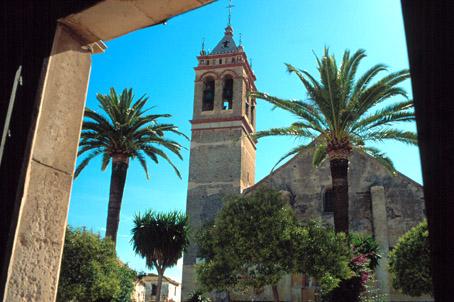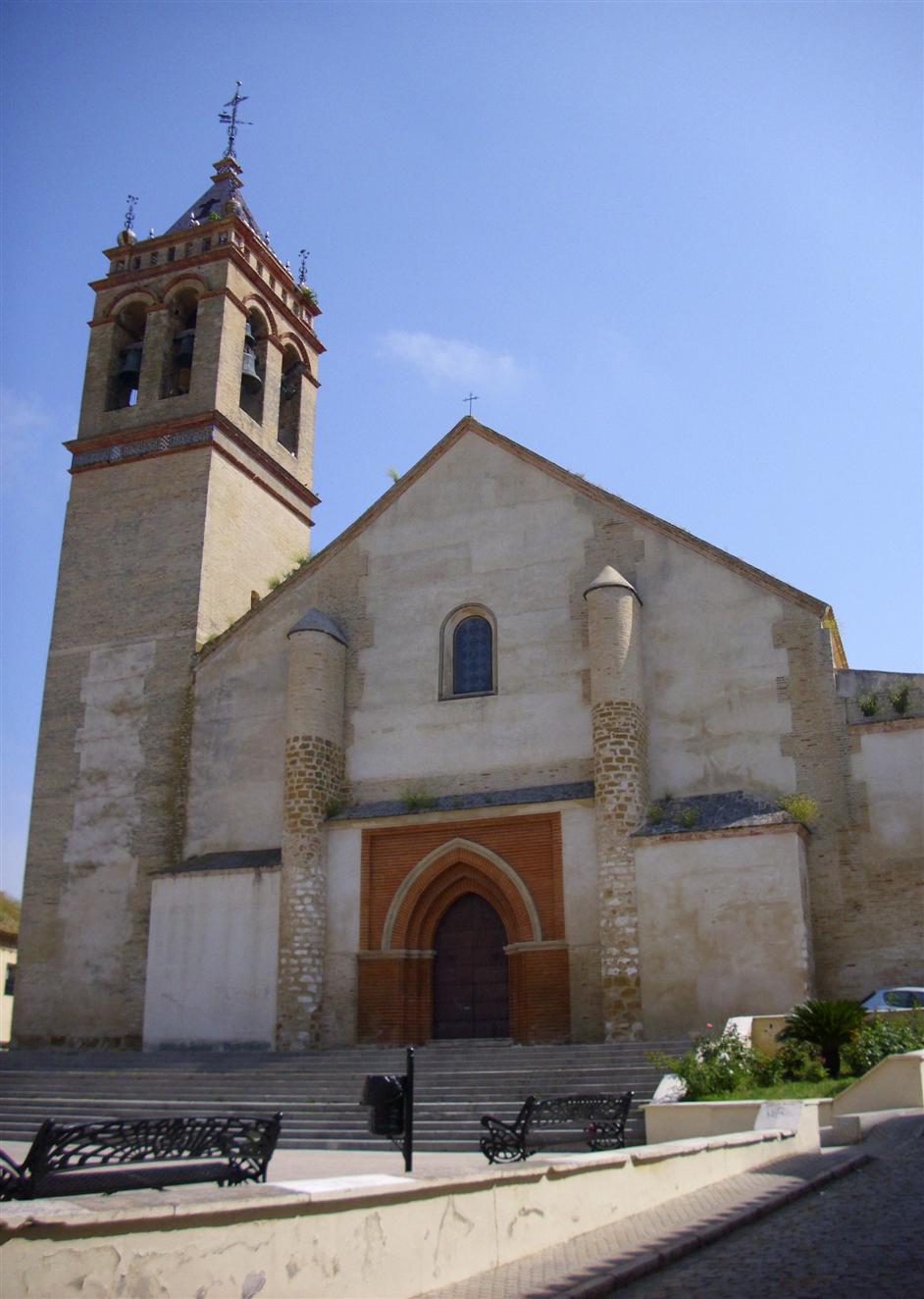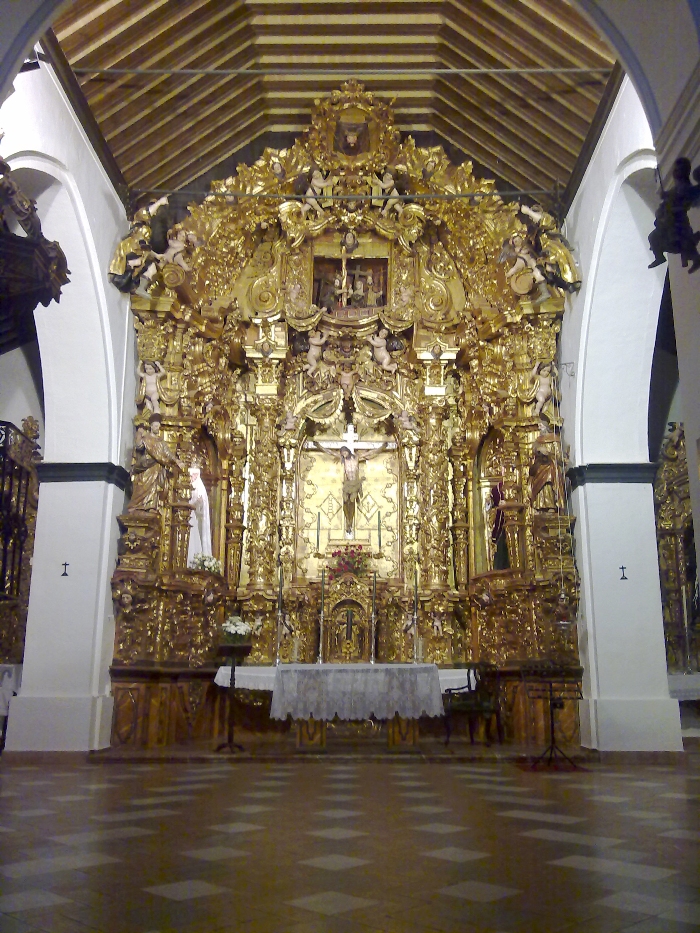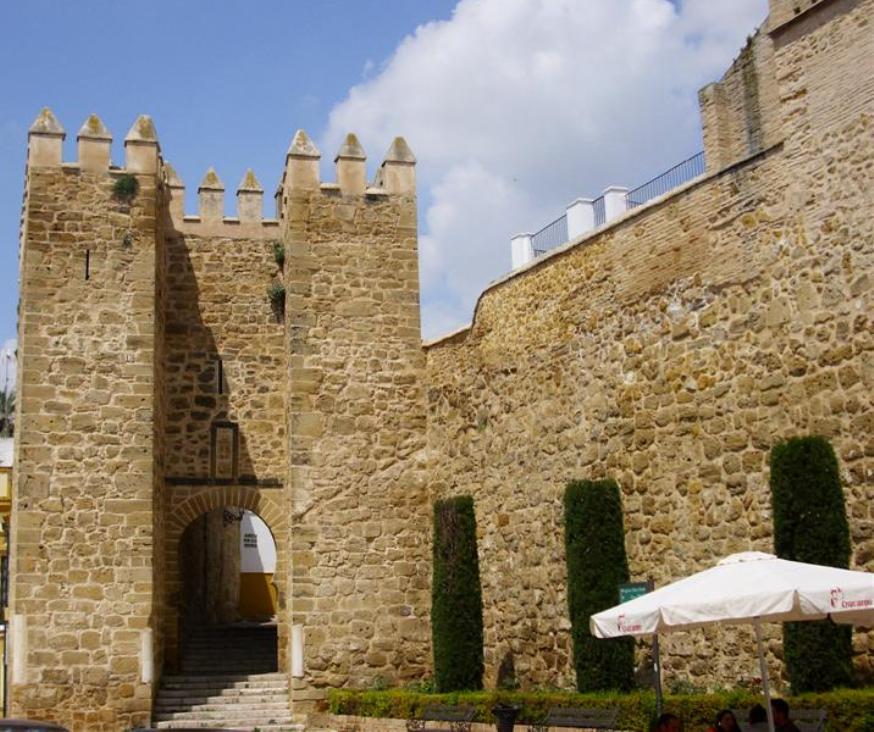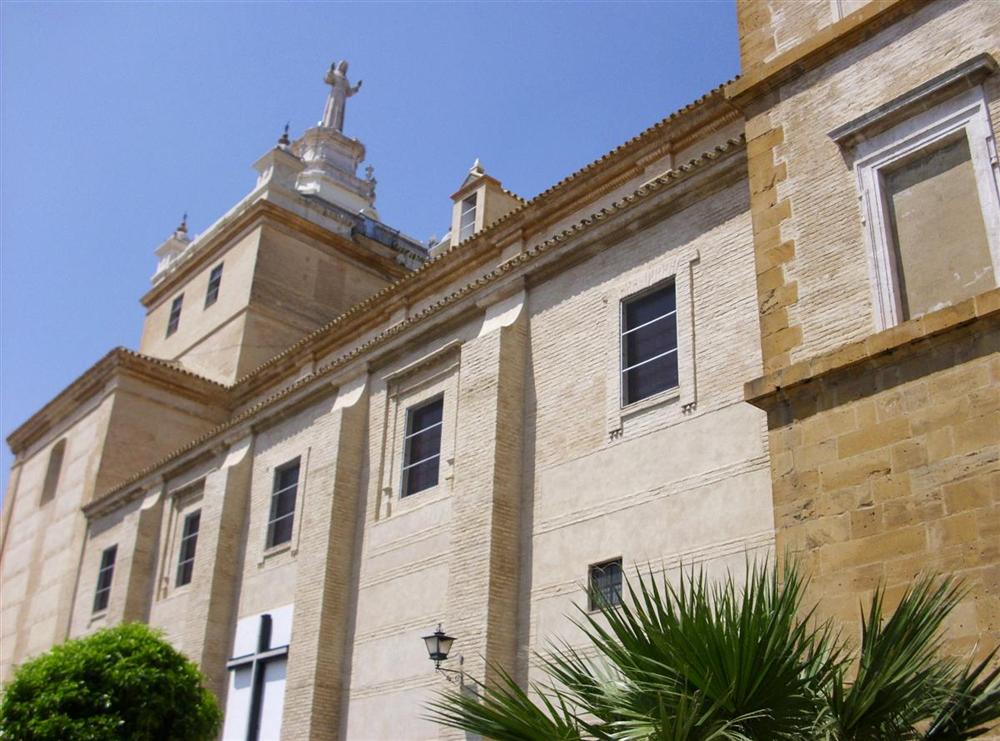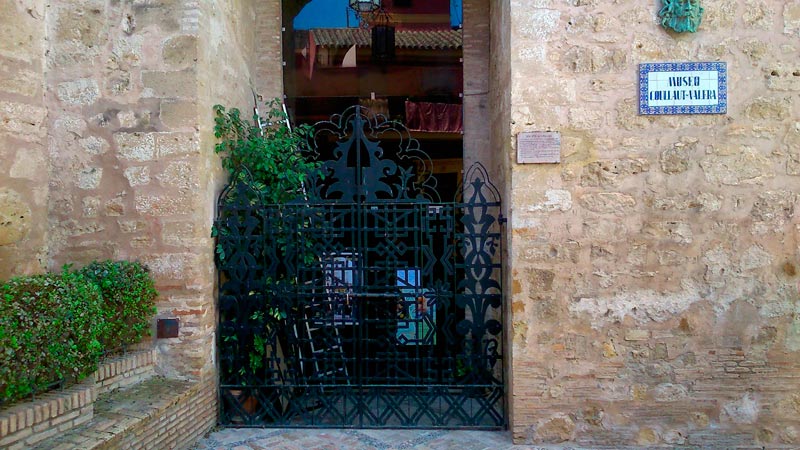Marchena
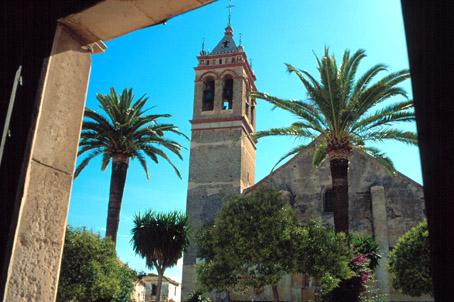
Town founded by the Romans located in the fertile valley of the Corbones river, in the center of the Campiña region, between El Arahal and Écija. Called the "Bella desconocida" (beautiful stranger), it comprises a beautiful group of monuments, streets and noble residencies in which artists, folklore and gastronomy are of great importance.
It has many places of interest, including the Ramparts, of which the arch of la Rosa or Puerta de Sevilla stands out due to its perfect state of conservation; the Church of Santiago, the Church of Santa María de la Mota, the Church of San Juan, the Convent of San Agustín or the Casa Palacio (palace) in Calle San Pedro.
History
The first settlements date back to prehistoric times. Archaeological sites belonging to the Bronze Age and bell-shaped pottery has been found in the AREA..Numerous sties belonging to the Roman period have also been found, the names of which could have been Castra Gemina, Cilpe and Colonia Marcia.
During the period of Al-Andalus it was called Marssen"ah. The fortifications of the original settlement, part of which still exist, were built at that time.
The Christian reconquest was undertaken by Ferdinand III in 1240. In 1309 the village was given to Fernán Pérez Ponce de León.
During the 15th and 16th centuries, the Dukes of Arcos embellished the town. It was later handed over to the Dukes of Osuna ,at which time it lost its former splendour.
In the 19th century it became an independent municipality when feudal domains were abolished.
Eminent citizens
Francisco de Alvarado, Dominican philosopher.
Melchor de Marchena, guitarist.
Pepe Marchena, singer and song-writer.
Pepe Palanca, singer and song-writer.

- Max 20
- Min 13
- Max 68
- Min 55
- °C
- °F

